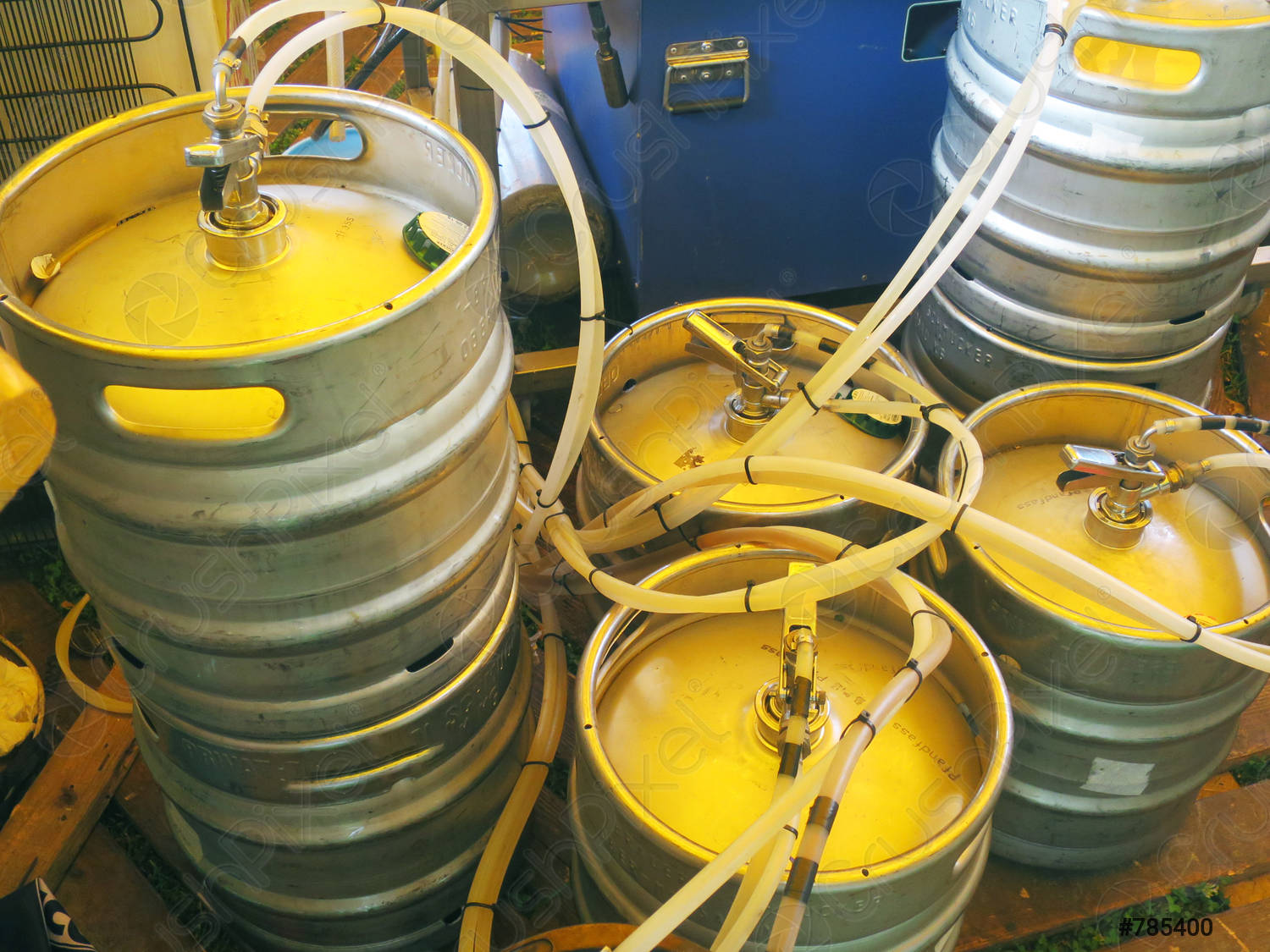

Articles
What Size Of Keg Fits For Kegerator
Modified: February 26, 2024
Find the perfect keg size for your kegerator with our informative articles. Learn all about keg sizes and how to choose the right one for your needs.
(Many of the links in this article redirect to a specific reviewed product. Your purchase of these products through affiliate links helps to generate commission for Storables.com, at no extra cost. Learn more)
Introduction
Welcome to the exciting world of kegerators, where cold, refreshing beer flows freely from a tap right in the comfort of your own home. But before you dive into the joys of kegging your favorite brews, it’s important to understand the different keg sizes available for your kegerator setup. The size of the keg you choose will determine how much beer you can store and serve, so it’s an important decision to make.
A kegerator is a refrigerated appliance that is specifically designed to store and dispense beer from a keg. It’s like having your own bar right in your kitchen, basement, or man cave. Kegerators have become increasingly popular among beer enthusiasts and homebrewers, as they offer a convenient and cost-effective way to enjoy draft beer without the need for individual bottles or cans.
When it comes to keg sizes, there are several options to choose from, each with its own advantages and considerations. The size of the keg you select will depend on factors such as the frequency of use, the number of people you plan to serve, and the space available in your kegerator.
In this article, we will explore the different keg sizes commonly used in kegerator setups and help you determine which keg size is right for you. So, grab a cold beer (or your beverage of choice), and let’s dive into the world of keg sizes!
Key Takeaways:
- Choose the right keg size for your kegerator by considering factors like space, usage frequency, and beer variety preferences. Mini kegs are perfect for personal use, while half barrel kegs are ideal for large gatherings.
- European kegs offer a unique opportunity to savor traditional European beer styles, while slim quarter kegs are a practical choice for limited spaces. Consider tap compatibility and cost per ounce when selecting the perfect keg size.
Read more: What Size Keg Fits In Kegerator
Understanding Kegerators
Before we delve into the details of keg sizes, let’s first understand what a kegerator is and how it works. A kegerator is essentially a refrigerator that has been modified to accommodate a beer keg and a tap system. The keg is inserted into the kegerator, which is equipped with a CO2 tank and regulator. The CO2 tank provides the pressure needed to push the beer from the keg to the tap, ensuring a smooth and consistent pour.
Kegerators come in various sizes and configurations, ranging from small countertop models to large freestanding units. They are designed to maintain a consistent temperature, usually around 38-40 degrees Fahrenheit (3-4 degrees Celsius), to keep the beer cold and carbonated. Some kegerators also feature additional features such as digital temperature control, stainless steel construction, and multiple taps to serve different types of beer.
In addition to the kegerator itself, there are a few essential components that make up a complete kegerator system. These include the keg coupler, which connects the keg to the tap system, the beer lines that transport the beer from the keg to the tap, and the faucet through which the beer is dispensed.
Now that we have a basic understanding of what a kegerator is, let’s move on to why keg size matters and what factors you should consider when choosing the right keg size for your kegerator setup.
Why Keg Size Matters
Choosing the right keg size for your kegerator setup is crucial for several reasons. First and foremost, it directly impacts how much beer you can store and serve at any given time. If you enjoy hosting parties or frequently entertain guests, having a keg with a larger capacity can ensure that you never run out of beer and can serve multiple people without the need for constant refills.
Moreover, keg size affects the overall efficiency and cost-effectiveness of your kegerator. Larger kegs, such as half-barrel or European kegs, generally offer better value for money since they allow you to purchase beer in bulk, which often works out less expensive per ounce compared to smaller kegs.
On the other hand, if you have limited space in your kegerator or prefer to have a wider variety of beers on tap, opting for smaller kegs or even mini kegs might be a better choice. Smaller kegs allow for more flexibility in terms of storage and rotation of different beer styles, giving you the opportunity to try a wider range of beers without committing to a large quantity of each.
Another factor to consider is the frequency of use. If you don’t consume beer regularly or if you’re the only beer drinker in your household, a smaller keg might be sufficient to meet your needs. Conversely, if you intend to use the kegerator frequently or share the beers with friends and family, larger kegs would be more practical to avoid frequent refills.
Lastly, it’s essential to consider the lifespan of the beer once it’s tapped. Beer stored in a keg typically has a shorter lifespan compared to sealed bottles or cans due to the exposure to oxygen and the possibility of bacteria growth. Therefore, choosing a keg size that allows you to consume the beer within a reasonable time frame is important to ensure optimal taste and freshness.
Now that we understand why keg size matters, let’s explore the different factors you should consider when deciding on the right keg size for your kegerator setup.
Factors to Consider When Choosing Keg Size
Choosing the right keg size for your kegerator involves considering various factors that will impact your overall beer-drinking experience. Here are some key factors to keep in mind when deciding on the appropriate keg size:
- Space: Evaluate the available space in your kegerator to determine how large of a keg it can accommodate. Measure the height, width, and depth of your kegerator, considering any space restrictions due to shelves or other components. Remember to leave some extra space for the CO2 tank and regulator.
- Usage: Think about how frequently you plan to use your kegerator and the average amount of beer you consume. If you’re an occasional beer drinker or have a small household, a smaller keg, such as a mini keg or quarter barrel keg, may suffice. However, if you frequently host parties or have a large group of beer enthusiasts, a larger keg, like a half barrel or European keg, would be more suitable.
- Beer Variety: Consider whether you prefer to have multiple beer options available simultaneously or if you’re content with having one beer on tap at a time. If variety is important to you, opt for smaller kegs that allow for easier rotation and experimentation with different beer styles. Conversely, if you have a favorite beer or prefer to buy in bulk, a larger keg may be the better choice.
- Cost: Take into account the cost per ounce of beer when deciding on the keg size. Larger kegs tend to offer better value for money since they often have a lower cost per ounce compared to smaller kegs. However, it’s important to consider your consumption rate and the beer’s expiration date to avoid any wastage.
- Storage: Evaluate your storage options for kegs outside of the kegerator. If you have limited storage space or prefer to keep backup kegs on hand, consider the logistics of storing larger kegs and whether it aligns with your needs.
- Party Size: Consider the number of people you typically serve when hosting gatherings. If you often host large parties, it’s advisable to go for larger keg sizes to ensure you have enough beer to go around without constantly needing to refill.
By taking these factors into account, you can make an informed decision about which keg size is best suited for your kegerator setup and beer-drinking preferences. Now, let’s dive into the different types of keg sizes available.
Types of Keg Sizes
When it comes to keg sizes, there are several options to choose from, each with its own unique characteristics and purposes. Here are the most common types of keg sizes you’ll encounter:
- 1. Mini Kegs: Mini kegs, also known as “torpedo barrels,” are the smallest keg size available. They typically hold around 5 liters (1.3 gallons) of beer, making them perfect for personal use or small gatherings. Mini kegs are convenient, portable, and often used for specialty or craft brews.
- 2. Quarter Barrel Kegs: Quarter barrel kegs, also referred to as “pony kegs,” are the next size up from mini kegs, holding approximately 7.75 gallons (29 liters) of beer. These kegs are commonly used in bars or at events where a moderate amount of beer is required.
- 3. Slim Quarter Kegs: Slim quarter kegs are a narrower variant of the quarter barrel kegs and typically hold the same volume of beer. The key difference is their dimensions, as slim quarter kegs are designed to fit into smaller spaces, such as compact kegerators or refrigerators with limited width.
- 4. Half Barrel Kegs: Half barrel kegs, also known as “full-size kegs,” are the standard keg size used in commercial settings. These kegs hold approximately 15.5 gallons (58 liters) of beer, making them suitable for large gatherings, events, or establishments that require a continuous supply of beer.
- 5. European Kegs: European kegs, also called “import kegs” or “European slim kegs,” differ in size and design from their American counterparts. These kegs hold around 13.2 gallons (50 liters) of beer and are commonly used for European beer styles. The dimensions of European kegs are often slimmer and taller compared to half barrel kegs.
These are the main keg sizes you’ll encounter when exploring the world of kegerators. Each keg size offers different advantages and considerations, so it’s important to choose the size that aligns with your needs, space constraints, and beer preferences.
Now that you’re familiar with the types of keg sizes available, let’s move on to finding the right keg size for your specific requirements.
Read more: What Size Keg Will Fit In 4.5 Cf Kegerator
Mini Kegs
Mini kegs, also known as “torpedo barrels,” are the smallest keg size available in the market. These kegs typically hold around 5 liters (1.3 gallons) of beer, making them perfect for personal use or small gatherings. Mini kegs offer several advantages, especially for those who want to enjoy their favorite craft brews conveniently at home.
One of the main benefits of mini kegs is their portability. With their compact size, mini kegs are easy to transport and can be taken to outdoor events, picnics, or even when visiting friends. They provide a portable draft beer experience without the need for larger kegerator setups or cumbersome equipment.
Mini kegs are often used for specialty or limited-edition beers, allowing enthusiasts to sample a wide variety of brews without committing to a full-size keg. This is particularly appealing for beer aficionados who enjoy trying different styles, flavors, and brands.
Another advantage of mini kegs is their ease of use. Many mini kegs come with their own integrated tap system, making it simple to pour a glass of beer with just a few easy steps. This eliminates the need for additional CO2 tanks or complicated setup procedures. Some mini kegs are even equipped with built-in carbonation systems, ensuring a crisp and refreshing pour every time.
However, there are a few considerations to keep in mind when using mini kegs. Firstly, because of their smaller size, mini kegs are not as cost-effective as larger kegs in terms of the price per ounce of beer. If you’re looking to serve a large number of guests or have a regular beer consumption rate, it may be more economical to opt for a larger keg size.
Additionally, it’s important to note that not all beer brands or styles are available in mini kegs. While some popular craft breweries offer their beers in this format, it may not be as widely available as larger keg options. Therefore, if you have a specific beer preference that you’d like to enjoy on tap, it’s worth checking if it is available in a mini keg size.
All in all, mini kegs are a fantastic option for those looking for a portable, convenient, and versatile way to enjoy draft beer at home or on the go. They offer an excellent solution for small-scale gatherings or for trying out a variety of different beers without committing to a larger keg size. So grab your mini keg, tap into the world of craft brews, and savor the flavor of fresh, draft beer at your fingertips.
When choosing a keg for your kegerator, consider the space available and your consumption rate. A standard 1/2 barrel keg holds 15.5 gallons, while a 1/4 barrel keg holds 7.75 gallons. Choose the size that best fits your needs and space.
Quarter Barrel Kegs
Quarter barrel kegs, also known as “pony kegs,” are a popular keg size choice for those who want to have a moderate amount of beer on tap. These kegs typically hold approximately 7.75 gallons (29 liters) of beer, making them suitable for events, parties, or gatherings where a larger quantity of beer is desired.
One of the advantages of quarter barrel kegs is their versatility. They are a step up in size from mini kegs, offering a greater volume of beer without the need for a significantly larger kegerator or storage space. Quarter barrel kegs are often used in home settings, offices, or smaller venues that require a steady supply of beer without the commitment of a full-size keg.
Another benefit of quarter barrel kegs is their availability and variety. Many popular beer brands and craft breweries offer their beers in this keg size, allowing for a wide selection of styles and flavors to be enjoyed on tap. Whether you’re a fan of lagers, ales, or specialty brews, you’re likely to find a quarter barrel keg that suits your taste preferences.
Quarter barrel kegs are also more cost-effective than mini kegs when considering the price per ounce of beer. They offer better value for money, especially if you anticipate serving a moderate-sized group or hosting frequent gatherings. With a quarter barrel keg, you can ensure that you have enough beer to satisfy your guests without the need for constant refills.
When using a quarter barrel keg, it’s essential to have the appropriate kegerator setup. These kegs often require a commercial-sized coupler, different from the taps used for mini kegs or standard homebrew kegs. Additionally, you may need to ensure that your kegerator can accommodate the height and width of a quarter barrel keg, as they can be larger and bulkier compared to smaller keg sizes.
Overall, quarter barrel kegs are a popular choice for those who enjoy having a moderate amount of beer on tap and want the flexibility to offer a range of flavors to their guests. They strike a balance between mini kegs and larger keg sizes, providing enough beer for gatherings without the need for a full-size keg setup. So, whether you’re hosting a backyard barbecue or enjoying a casual get-together with friends, a quarter barrel keg can ensure you have a steady supply of fresh, draft beer to keep the party going.
Slim Quarter Kegs
Slim quarter kegs are a narrower variant of the standard quarter barrel kegs and are popular among those who have limited space in their kegerator or refrigerator. While they hold a similar volume of beer as a quarter barrel keg, approximately 7.75 gallons (29 liters), the slim design allows for easier placement in compact spaces.
The main advantage of slim quarter kegs is their dimensions. These kegs are designed to fit into kegerators or refrigerators with narrower width, making them ideal for home setups where space is a constraint. They offer the convenience of having a larger quantity of beer on tap without the need for a larger kegerator footprint.
Just like standard quarter barrel kegs, slim quarter kegs are often used in home settings, small events, or venues where a moderate amount of beer is required. They provide a practical solution for those who want a reliable and continuous supply of beer without the need for frequent refills or the commitment of a full-size keg.
When it comes to tap compatibility, slim quarter kegs generally require the same type of coupler as the standard quarter barrel kegs. This means that if you already have a kegerator setup for quarter barrel kegs, transitioning to a slim quarter keg should be seamless in terms of the tap system.
Although slim quarter kegs offer a convenient solution for limited spaces, it’s important to note that their availability might be more limited compared to standard keg sizes. Not all beer brands may offer their products in the slim quarter keg format, so it’s advisable to check with your preferred breweries or suppliers to ensure they have the beer you desire in this specific size.
In terms of cost-effectiveness, slim quarter kegs offer a similar value proposition as standard quarter barrel kegs. They can provide better value per ounce of beer compared to smaller keg sizes, making them a practical and economical choice for those who regularly consume or serve draft beer.
Overall, slim quarter kegs are a great option for individuals with limited space who still want the convenience and volume of a larger keg. They offer a practical solution for home kegerators or small venues, allowing for a steady supply of beer without compromising on the variety or quality of your favorite brews.
Half Barrel Kegs
Half barrel kegs, also known as full-size kegs, are the standard keg size used in commercial settings and are commonly seen in bars, restaurants, and large events. These kegs hold approximately 15.5 gallons (58 liters) of beer, making them the largest keg size available.
One of the main advantages of half barrel kegs is their capacity. With their large size, these kegs are ideal for serving a large number of people at events, parties, or establishments that require a continuous supply of beer. They eliminate the need for frequent refills and ensure that your guests are well-stocked with their favorite brews.
Half barrel kegs offer great value for money, especially when serving a large crowd. The cost per ounce of beer is often lower compared to smaller keg sizes, making them a cost-effective choice for venues or individuals who consume beer on a regular basis.
Another benefit of half barrel kegs is the wide availability of beer options. Many breweries and beer brands offer their products in this keg size, allowing for a vast selection of styles, flavors, and brands to be enjoyed on tap. Whether you prefer lagers, ales, stouts, or specialty brews, you’re likely to find a half barrel keg that suits your taste preferences.
However, it’s important to consider the logistical aspects of using a half barrel keg. These kegs are significantly larger and heavier than smaller keg sizes, so they require more space for storage and transportation. It’s crucial to ensure that your kegerator or storage area can accommodate the height, width, and weight of a half barrel keg.
In terms of tap compatibility, half barrel kegs typically require a standard coupler that is designed for commercial keg setups. This coupler may differ from the ones used with smaller keg sizes, so it’s essential to have the appropriate tap system to connect and dispense the beer properly.
While half barrel kegs may not be as common in residential kegerators, they can still be a viable option for individuals who frequently entertain large groups or have a commercial-style setup at home. They provide a professional and authentic pub-like experience, allowing you to serve a wide variety of beers to your guests without the need for constant keg replacements.
Overall, half barrel kegs are the go-to choice for establishments that require continuous beer supply and those who often host large events or parties. With their generous capacity and wide selection of beer options, they offer a complete and satisfying beer-drinking experience for both the host and the guests.
Read more: What Size Of Fridge For Kegerator
European Kegs
European kegs, also known as import kegs or European slim kegs, are a distinct keg size and design that is commonly used for European beer styles. These kegs hold around 13.2 gallons (50 liters) of beer and offer a unique option for those who want to enjoy authentic European brews.
One of the main characteristics of European kegs is their shape and dimensions. They are often slimmer and taller compared to standard keg sizes, allowing for more efficient use of space. This makes them suitable for venues with limited width or for individuals who prioritize space optimization in their kegerator or storage area.
The availability of beer styles in European kegs is predominantly focused on European brands and breweries, making them a sought-after option for those who appreciate traditional European beer flavors and want an authentic experience. Whether you’re a fan of German lagers, Belgian ales, or English stouts, European kegs provide an opportunity to enjoy these beers in their intended form.
European kegs are commonly used in bars, pubs, and restaurants that serve European beer varieties. They offer a wide selection of traditional styles and flavors, allowing establishments to cater to customers who seek the authentic taste of European brews.
When it comes to tap compatibility, European kegs generally require a specific coupler that is designed to connect to their unique valve systems. This means that if you plan to use European kegs in your kegerator, you may need to ensure that you have the appropriate tap system to properly dispense the beer.
While European kegs offer a distinct beer-drinking experience, it’s important to note that their availability may be more limited compared to other keg sizes. Not all breweries or beer brands offer their products in European kegs, so it’s advisable to check with your preferred European beer suppliers or specialty shops to confirm the availability of your desired brews in this specific keg size.
In summary, European kegs are an excellent choice for those seeking an authentic taste of European beer styles. Their unique shape and dimensions allow for efficient use of space, making them suitable for venues or individuals with limited width in their kegerator or storage area. With their focus on traditional European styles and flavors, European kegs offer a delightful option for beer enthusiasts who want to savor the essence of European brewing traditions.
Which Keg Size is Right for You?
Now that we’ve explored the different keg sizes available for kegerator setups, you might be wondering which keg size is the best fit for your specific needs. Choosing the right keg size requires careful consideration of several factors, including your space limitations, usage frequency, beer variety preferences, and the number of people you plan to serve.
If you have limited space in your kegerator or refrigerator, and you’re looking for a portable and convenient option, mini kegs might be the right choice for you. These smaller kegs are perfect for personal use or small gatherings, offering a great way to enjoy craft brews without committing to a larger keg size.
For those who want a moderate amount of beer and have a moderate number of guests to serve, quarter barrel kegs or slim quarter kegs are worth considering. These kegs provide a sufficient volume of beer without the need for a full-size keg setup. Quarter barrel kegs are a standard choice, while slim quarter kegs are ideal for those with limited width in their kegerator or storage area.
On the other hand, if you frequently host large parties or events, or you run a commercial establishment, half barrel kegs are the go-to option. With their generous capacity, they ensure a continuous supply of beer without frequent refills, making them perfect for serving a large crowd with ease.
Lastly, if you have a preference for European beer styles and want an authentic experience, European kegs offer a unique option. While their availability may be more limited, they provide a chance to enjoy traditional European flavors and beer varieties.
It’s important to consider factors such as space limitations, usage frequency, beer variety preferences, and the number of people you plan to serve when choosing the right keg size for you. Evaluating these factors will help guide your decision and ensure that you select the keg size that best aligns with your specific requirements.
Remember, the keg size you choose will directly impact the amount of beer you can store and serve, as well as the cost-effectiveness and convenience of your kegerator setup. By carefully considering your needs and preferences, you can make an informed decision and enhance your beer-drinking experience.
So, take a moment to evaluate your specific requirements, and choose the keg size that suits you best. Whether you’re enjoying a quiet evening at home or hosting a lively gathering, the right keg size will ensure that you have a steady supply of fresh, delicious draft beer to share with your friends and loved ones.
Conclusion
Choosing the right keg size for your kegerator setup is an essential decision that will impact your beer-drinking experience. Understanding the different keg sizes available and considering factors like space limitations, usage frequency, beer variety preferences, and the number of people you plan to serve will help you make an informed choice.
If you have limited space or prefer a portable option, mini kegs are a convenient choice, offering a personal-sized serving of craft brews. For moderate-sized gatherings, quarter barrel kegs or slim quarter kegs provide a good balance between capacity and space efficiency.
Those hosting larger parties or running commercial establishments will find that half barrel kegs offer the best value and ensure a continuous supply of beer for a large crowd. For enthusiasts craving authentic European beer styles, European kegs provide a unique opportunity to savor traditional flavors.
Remember to consider the cost per ounce of beer, the availability of your preferred brews in your desired keg size, and the logistics of tap compatibility when making your final decision.
By carefully evaluating your needs and preferences, you can select the keg size that suits you best and enhance your beer-drinking experience. Whether you’re enjoying a quiet evening at home or hosting a lively gathering, having the right keg size will ensure that you have a steady supply of fresh, delicious draft beer to share with your friends and loved ones.
So, raise your glass and toast to the joy of kegerators and the variety of keg sizes available. Cheers to cold, refreshing beer straight from the tap!
Frequently Asked Questions about What Size Of Keg Fits For Kegerator
Was this page helpful?
At Storables.com, we guarantee accurate and reliable information. Our content, validated by Expert Board Contributors, is crafted following stringent Editorial Policies. We're committed to providing you with well-researched, expert-backed insights for all your informational needs.
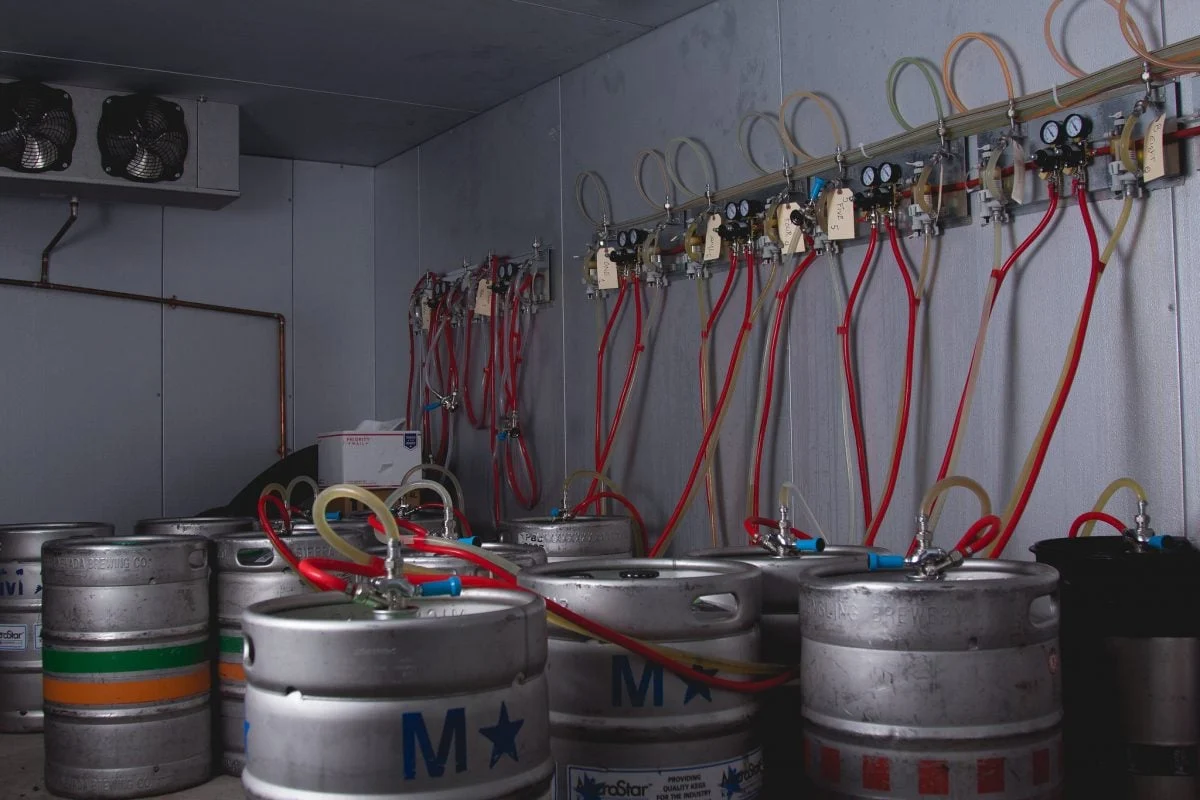
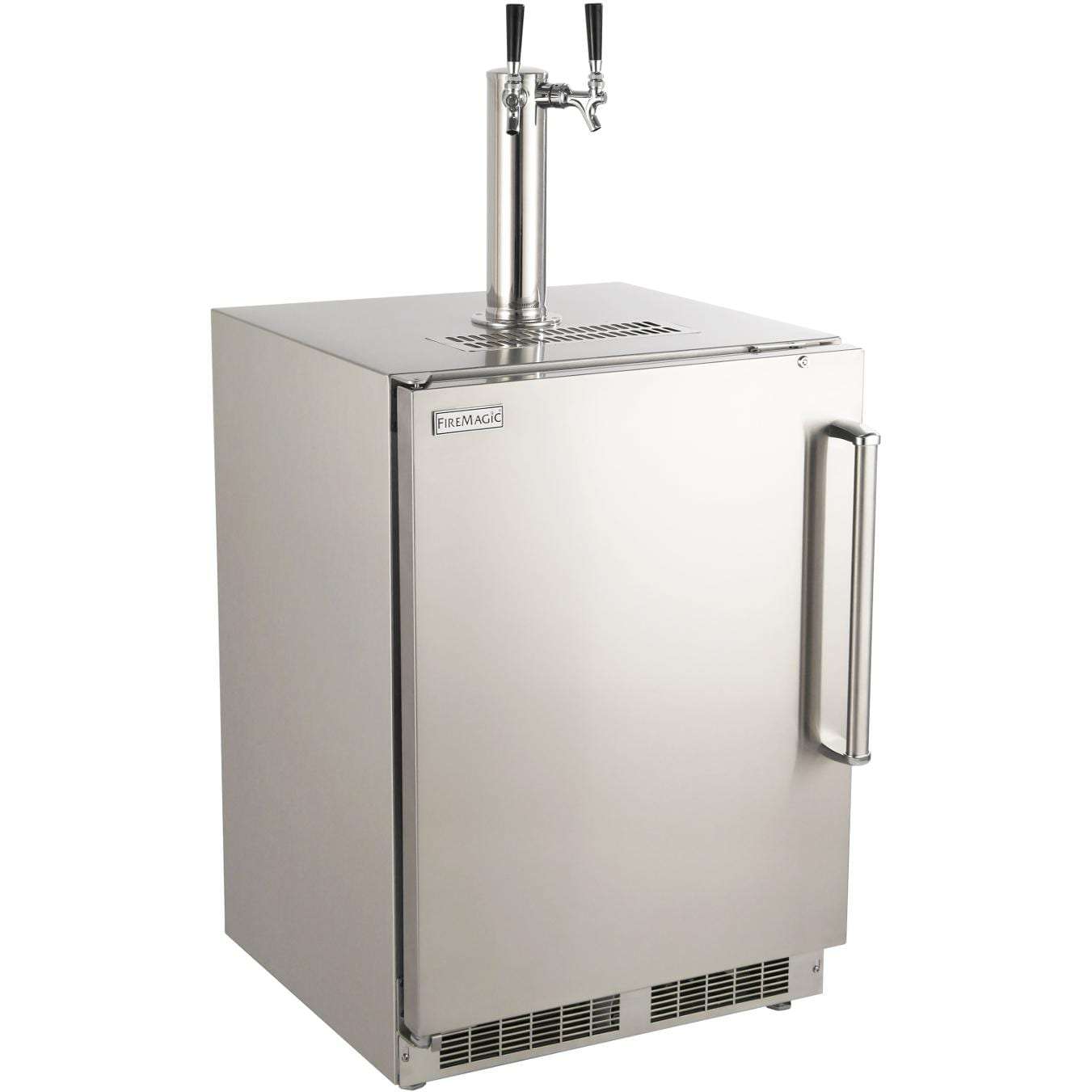

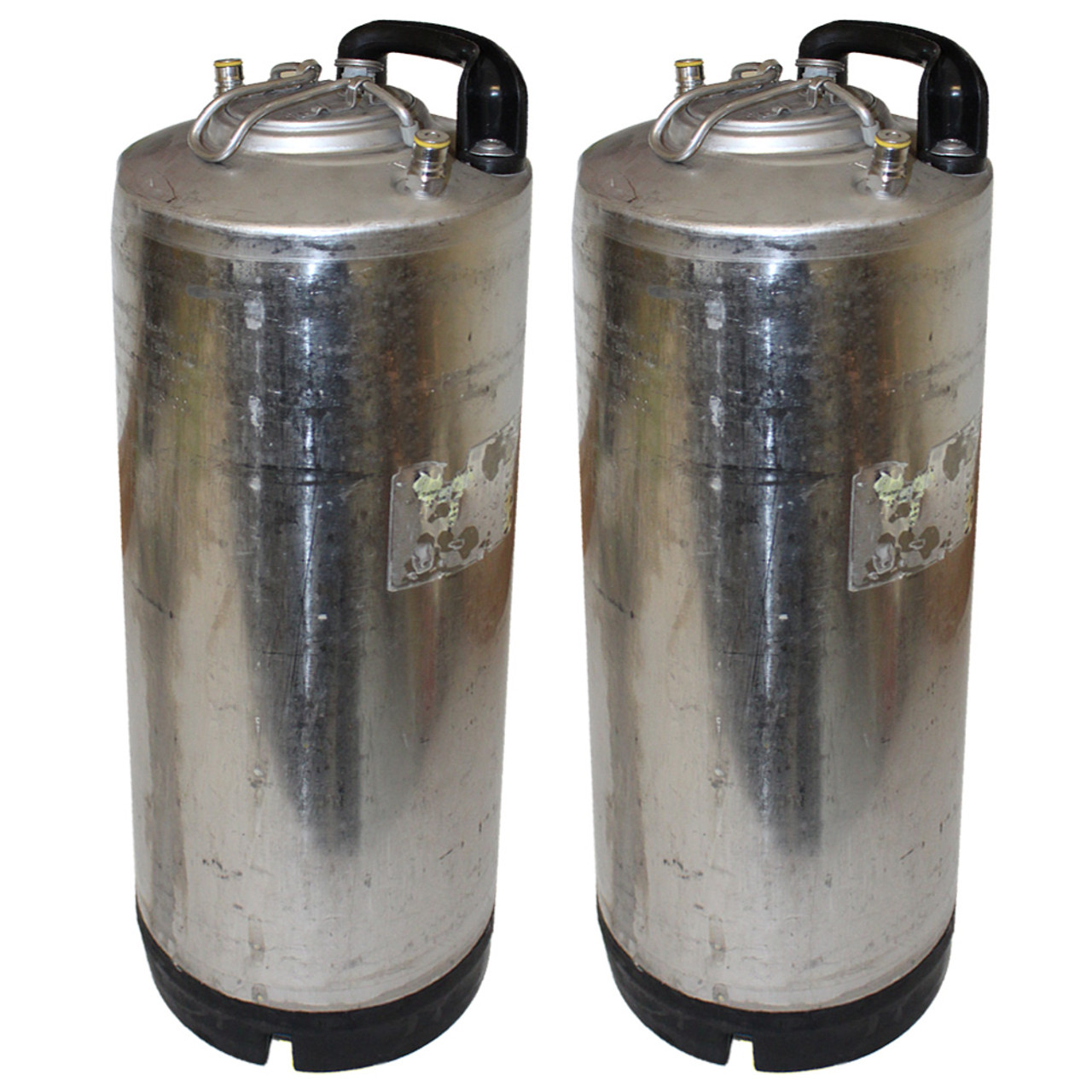
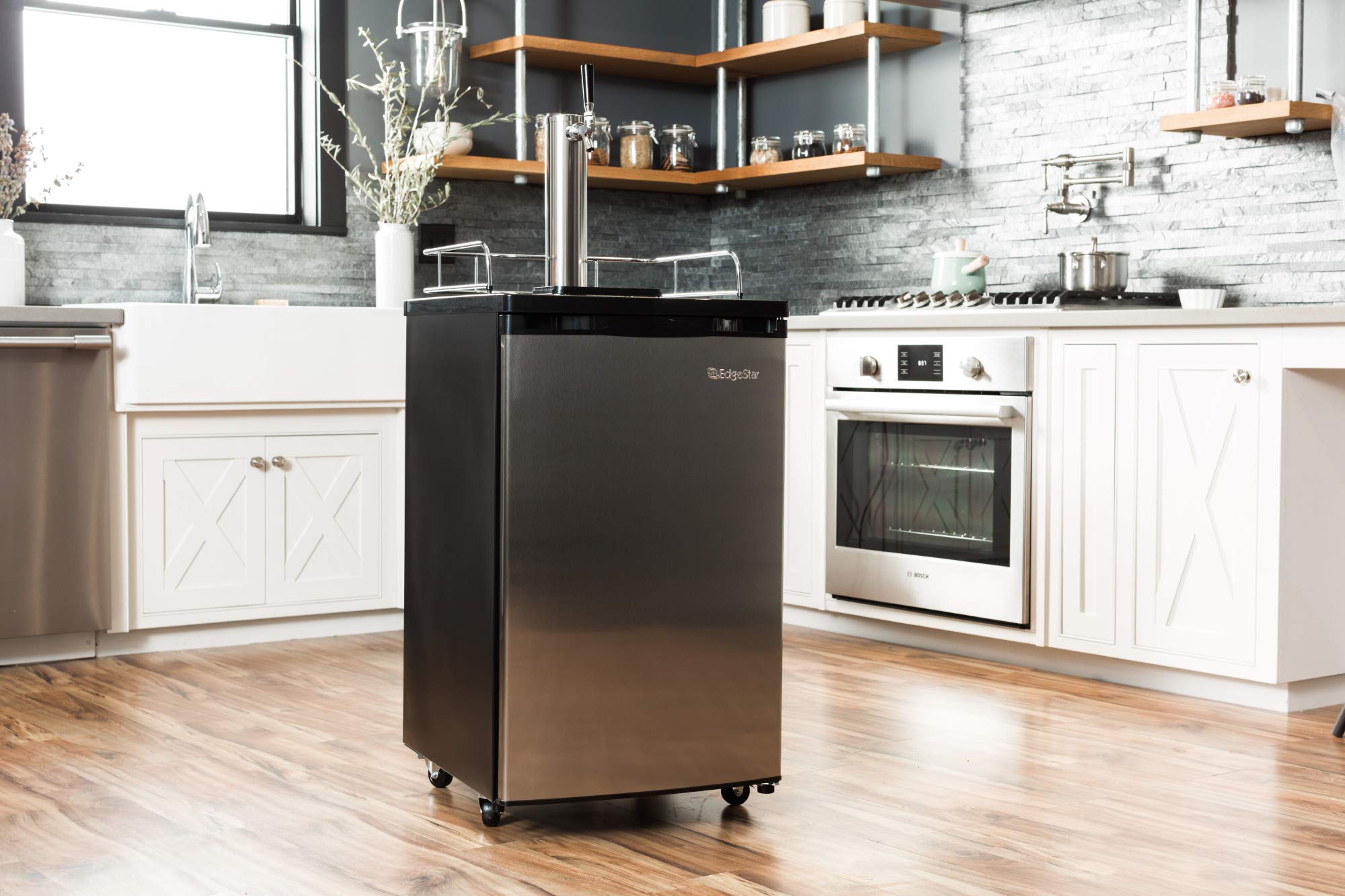
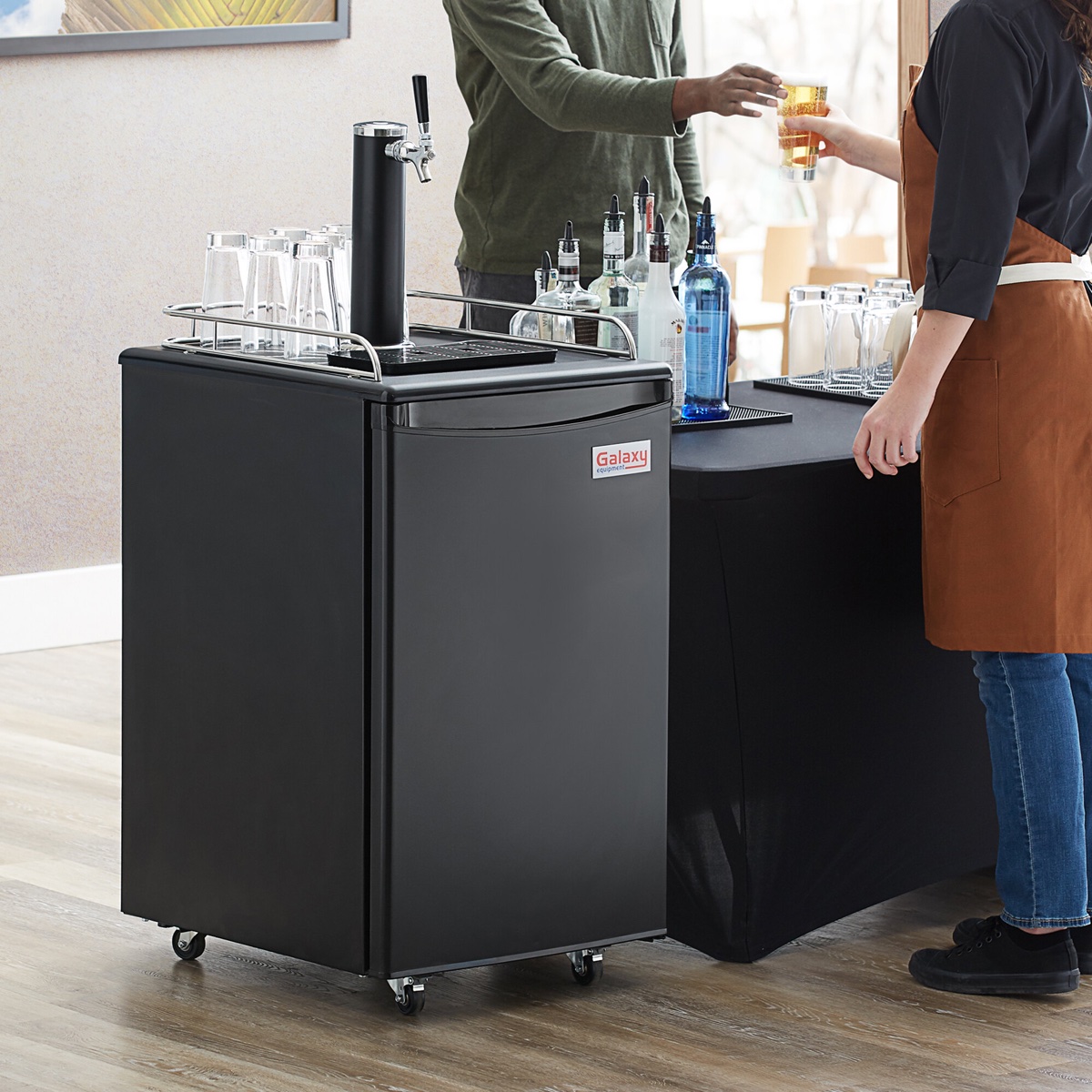
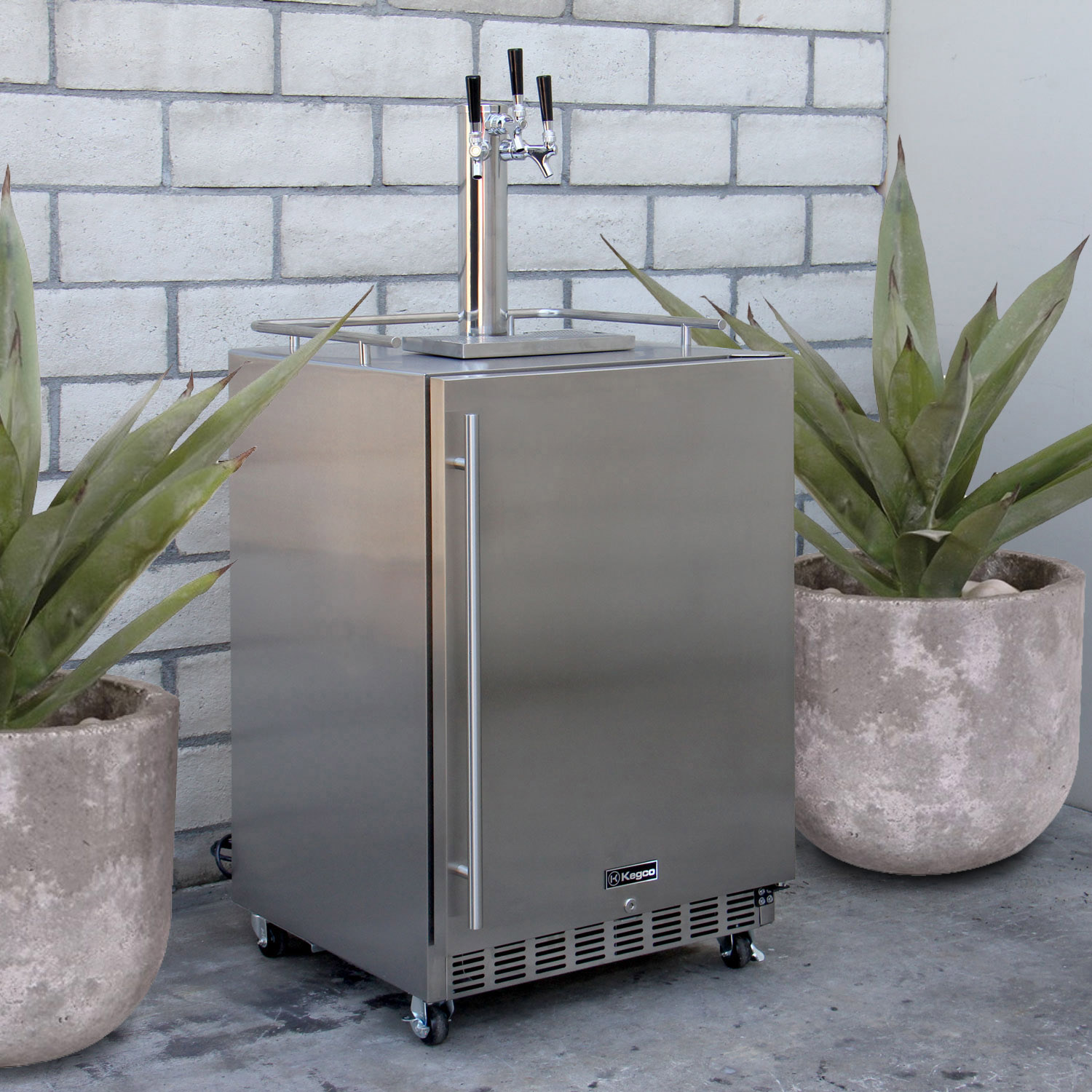
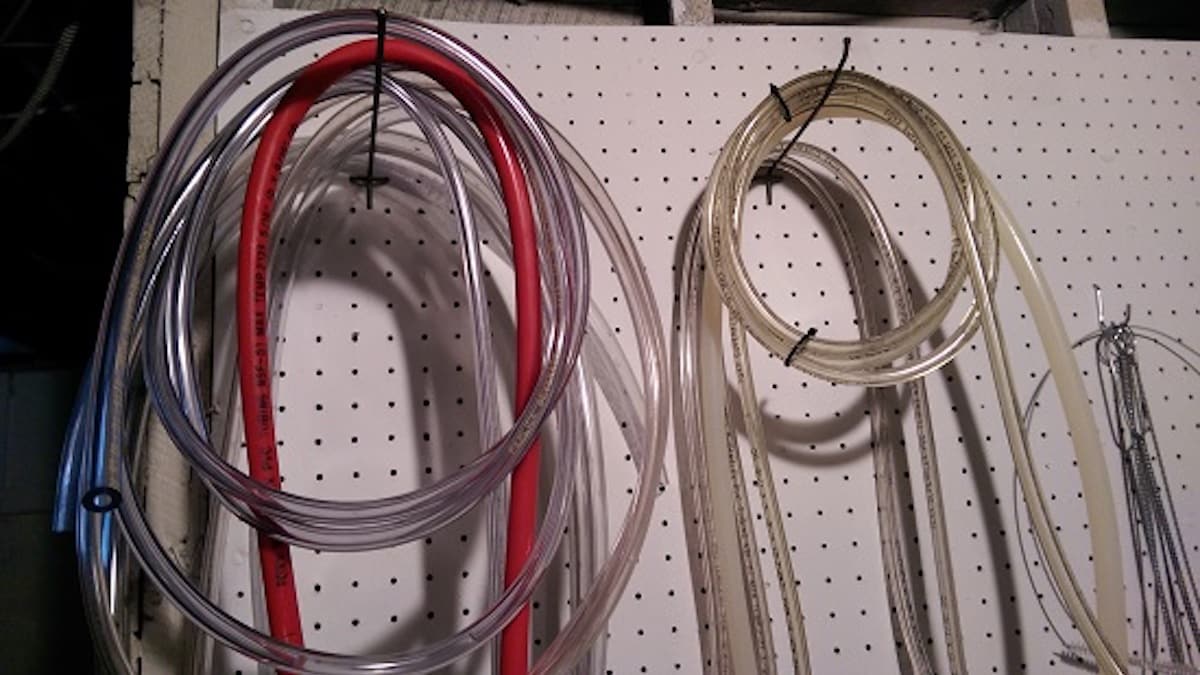
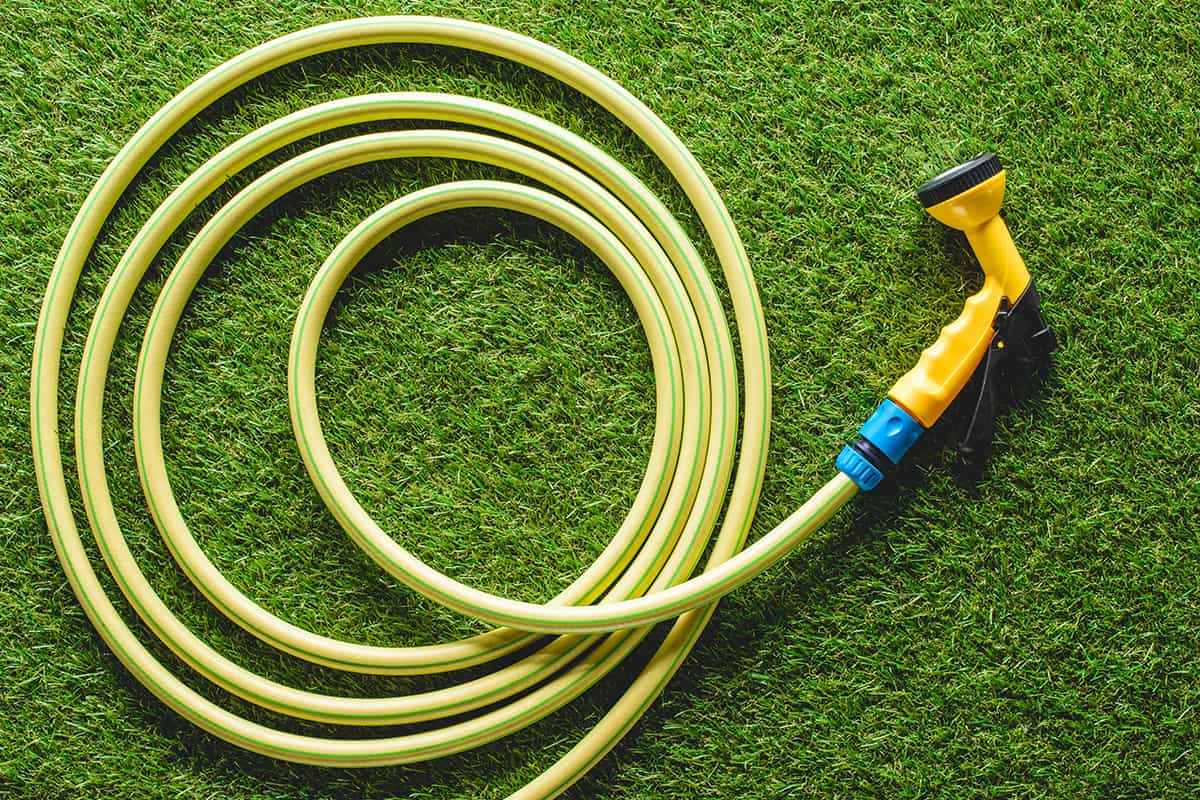
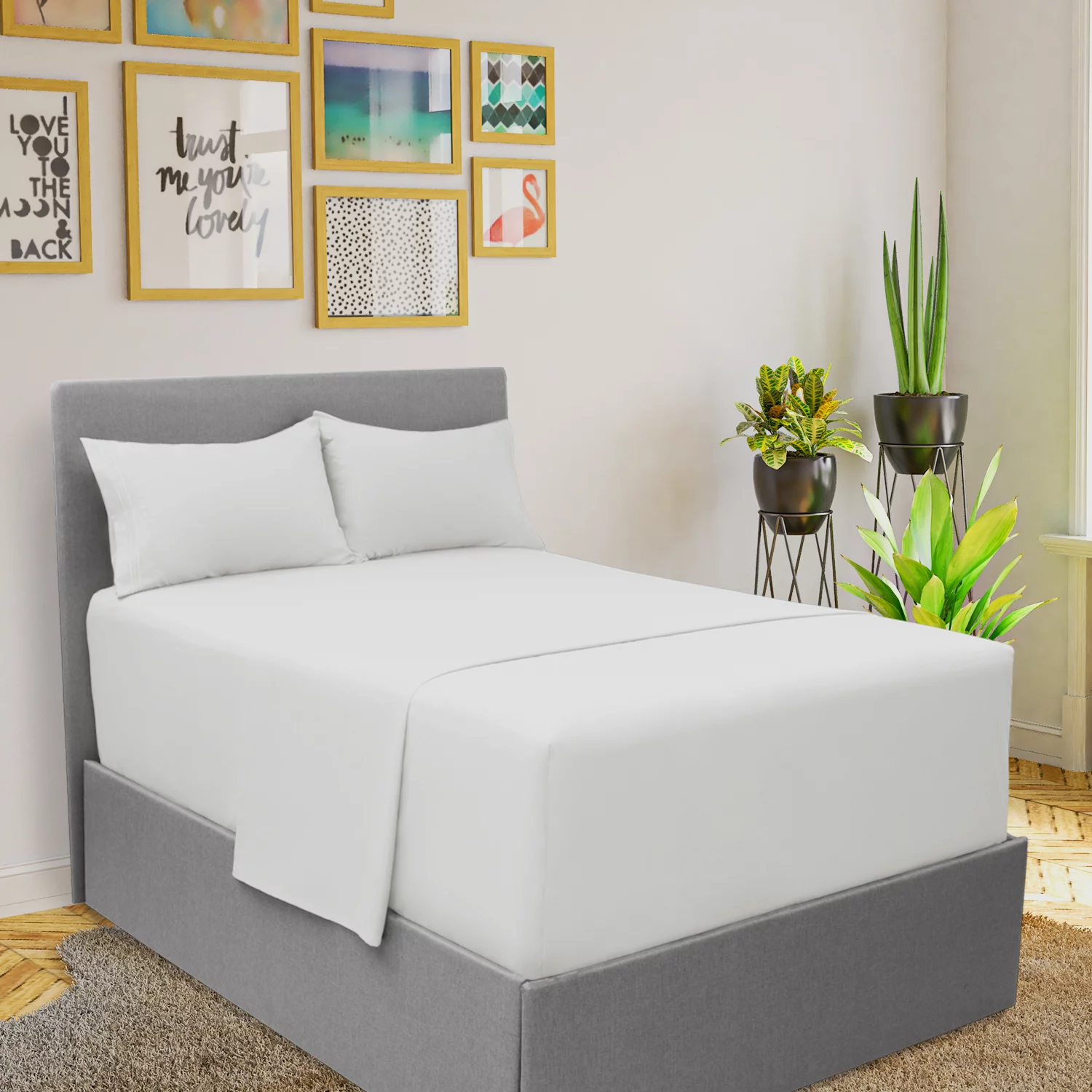
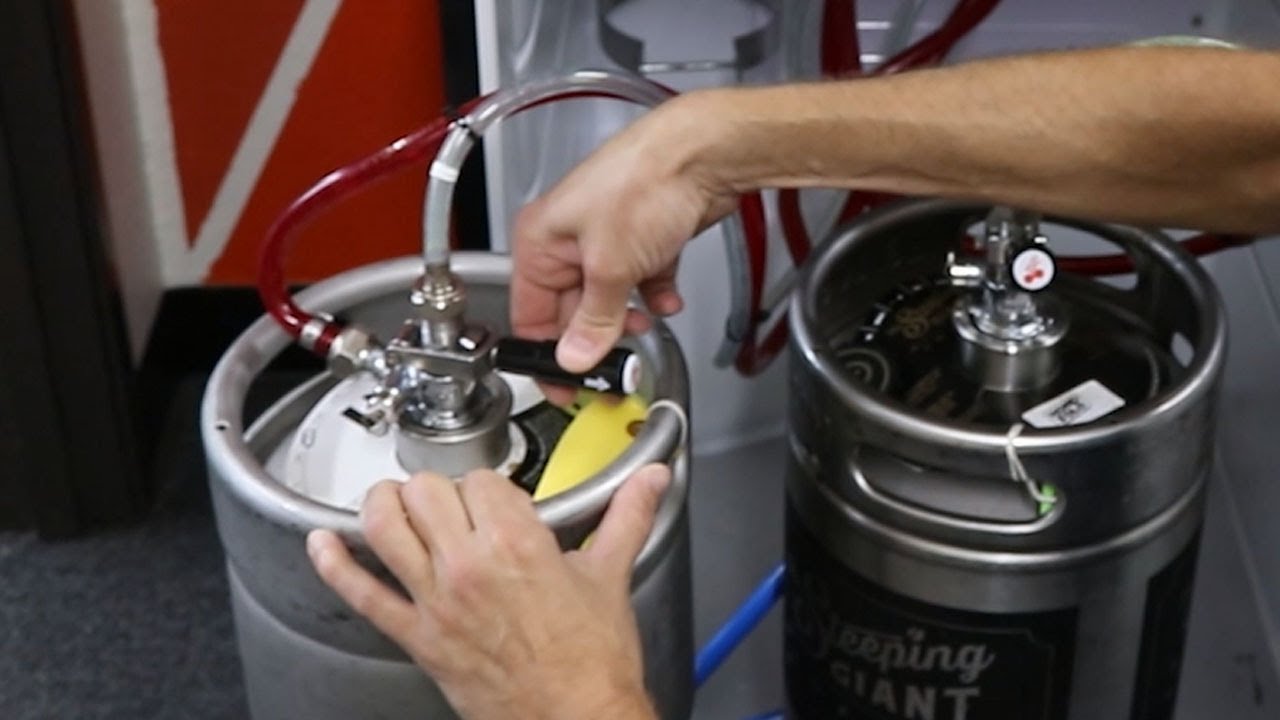
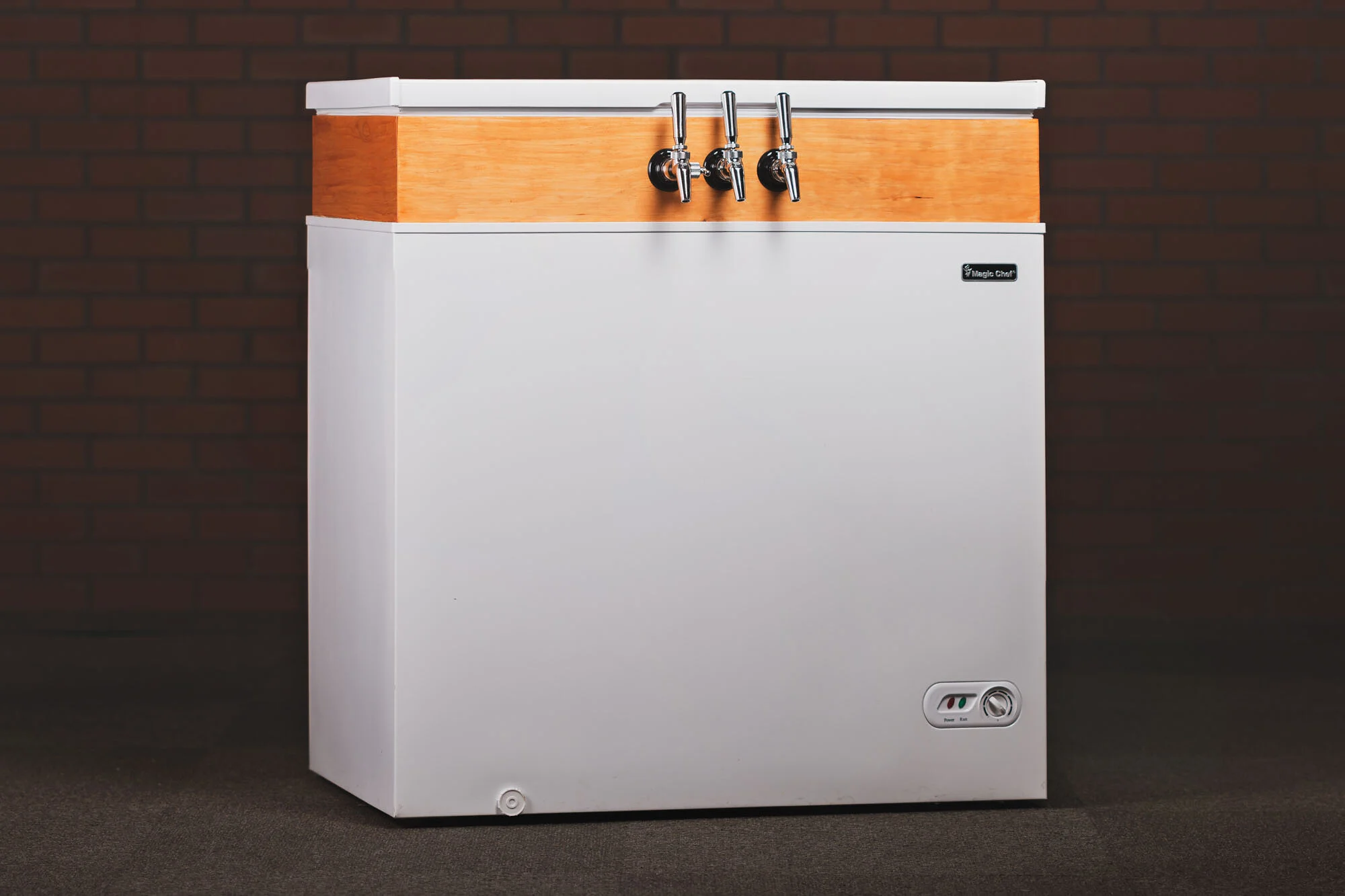
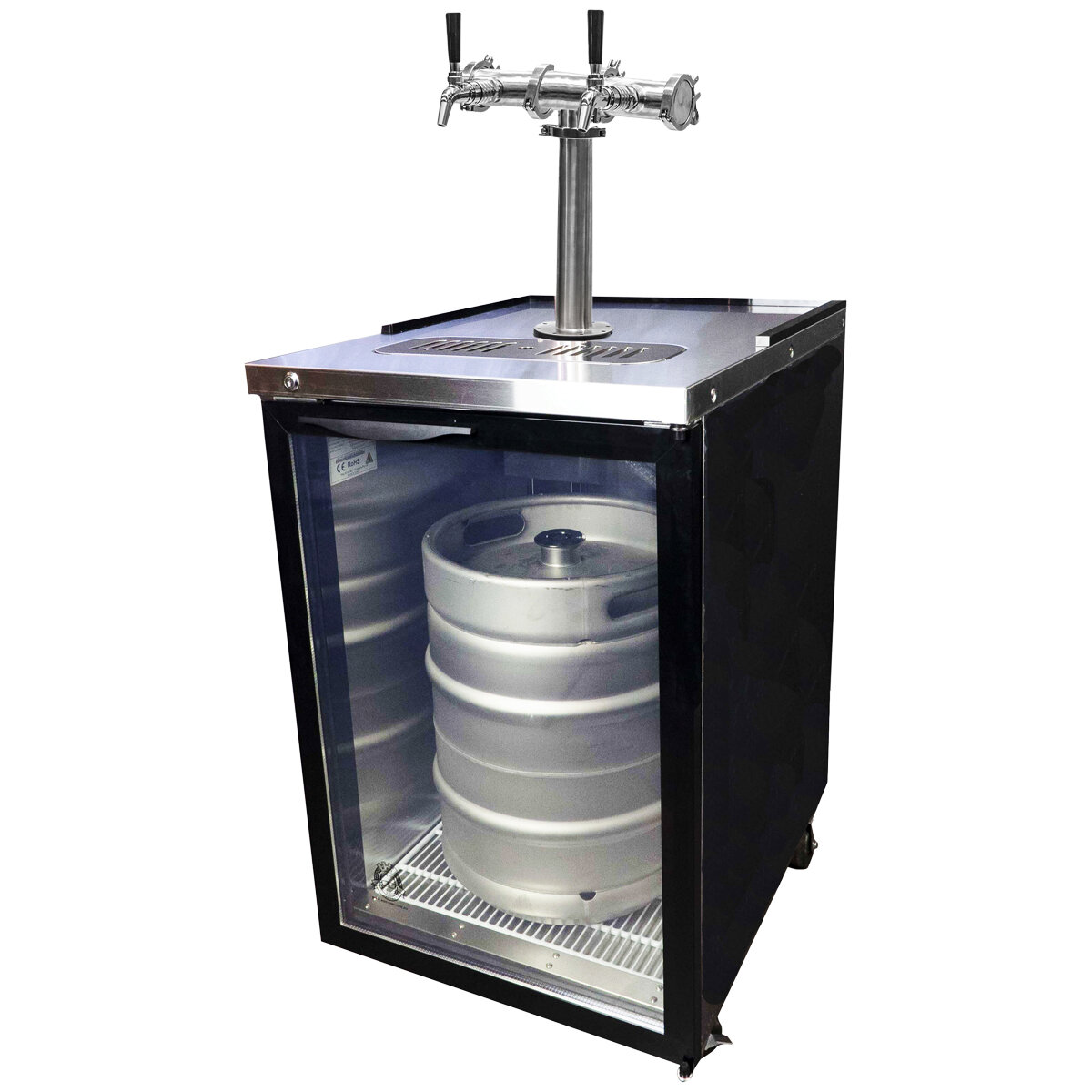

0 thoughts on “What Size Of Keg Fits For Kegerator”